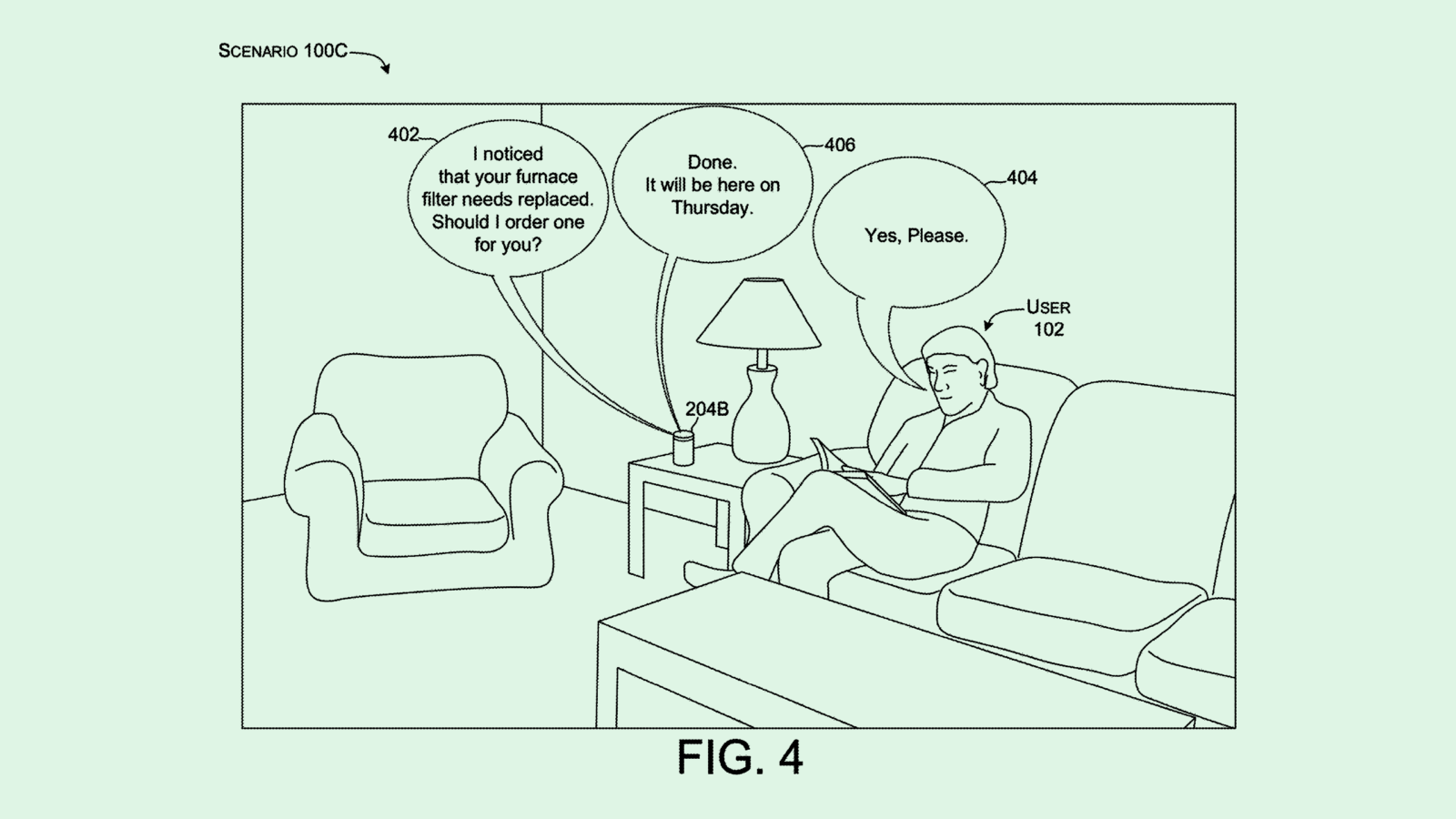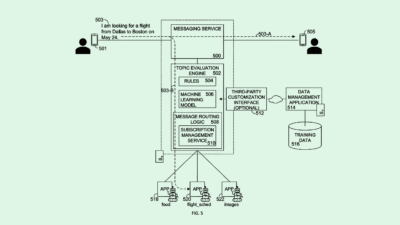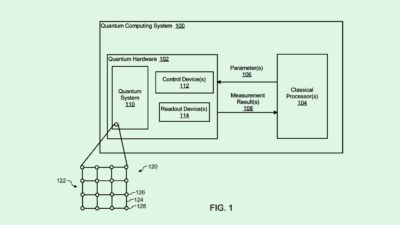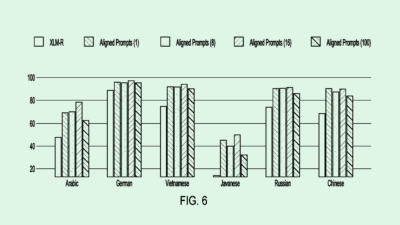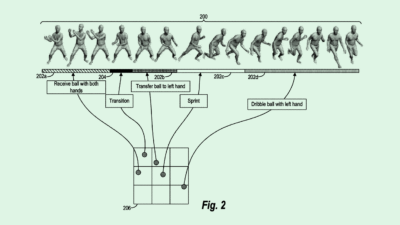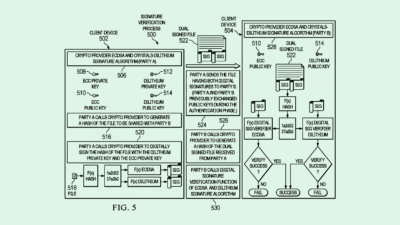Facebook Finds Content (plus more Apple & Microsoft)
Facebook subscriptions, Apple emergency assistance, & Microsoft Gigs
Sign up to uncover the latest in emerging technology.
Facebook subscriptions, Apple emergency assistance, & Microsoft Gigs
1. Facebook – content subscriptions
Facebook want users to be able to subscribe to new content by topics that are interesting to them.
To do this, Facebook will take into account a user’s demographics (e.g. age, location, gender) and the types of topics that a user generally interacts with on the platform. For instance, if a user likes a page that references basketball, Facebook may then take into account the user’s location and recommend that the user subscribes to content from their local basketball team.
When a user subscribes to a topic, Facebook will then aggregate related content shared across all of the Facebook pages related to the topic.
What’s interesting is that Facebook is considering aggregating this content and delivering it periodically, almost like our favourite Substack newsletters. So, Facebook may surface content around the topics we subscribe to and send it to us monthly, bi-weekly, weekly or daily.
The filing describes users receiving a ‘notification’ when this content is ready to be viewed. While this means that Facebook is most likely going to be using this as a way of driving further engagement within the platform, a future possibility is Facebook distributing this content outside of the app – whether by email, or even a collection of interesting links sent to you on WhatsApp.
In principle, it is fascinating seeing social media platforms trying to become less reliant on content being surfaced via the social graph. Twitter introduced something similar with users being able to subscribe to topics. Instagram Reels (which is now at the core of the Instagram experience) similarly is showing content from outside the social graph.
The subtle shift from the social graph to the interest graph is something that TikTok precipitated. The assumption that TikTok broke is that the most interesting content comes from the people you know. More practically, just because you follow someone, it doesn’t necessarily mean that you’re interested in everything that person has to say. For instance, on Twitter, people might be interested in my tweets on consumer product, but less interested in my music recommendations. An interest graph helps keep a feed focused around what is actually relevant to you – the content, not necessarily the person behind the content.
But in the case of the Facebook platform itself, the shift to an interest graph is likely to be more driven by the fact that people are generally less engaged on the platform when it comes to actually sharing content around their own lives. If users are posting less personal content, an interest graph is made more necessary just to fill up the feed with something relevant.
Overall, this feature could be interesting, but knowing Facebook, it’s going to be unimaginatively implemented as another reason to send people notifications in the app. At worst, it will help entrench the political polarisation that exists in the feed. Hey, you seem interested in content around climate change being a hoax! Want to subscribe to Climate Change is a hoax content so that we can notify you of all the interesting climate change hoax content? Lol.
2. Apple – transmitting emergency beacons
Apple’s latest filing looks at how the smartphone can assist users to safety in the context of emergencies, such as natural disasters, or being lost in the wilderness.
Specifically, Apple is looking at navigating users to locations where they can transmit their locations and connect to another device for emergency assistance, when there’s no WiFi or cellular network (otherwise called Device-to-Device communication or D2D).
Apple will suggest a place to transmit an emergency beacon by looking at a user’s current location, the distance to locations with a high density of D2D-enabled devices, the difficulty of the terrain for walking, and the weather conditions.
Moreover, by using sensor data, Apple could detect the physical condition of the user. For instance, change in the user’s gait to detect a leg injury, and heart rate variability to detect health or stress. Based on this, Apple would adjust the ETA for the user to arrive at a place to transmit an emergency beacon, and adjust the route of travel. If a user has a leg injury, Apple could navigate a user to a flatter terrain that may take longer, but is less physically taxing.
This filing is interesting because it’s an example of how Apple is pushing the envelope in making our devices work for us. I’m hardly an Apple fanboy, but the snapshot of the Apple and the Facebook filings in this Patent Drop are good examples of their company philosophies: Apple is building technology to work for humans, while Facebook is building technology to help humans do things that are good for Facebook.
3. Microsoft – smart contracts on the blockchain
Microsoft is looking at how the blockchain can be used to help create a decentralised gig marketplace, and how smart contracts can be used to automate processes in the gig marketplace.
Specifically, the smart contracts will be able to offer automated, performance-based agreements that parties can agree to, and once the pre-defined rules are met, payouts will be automatically enforced.
It’s possible that Microsoft is looking at incorporating a gig marketplace into LinkedIn. For now, LinkedIn is mainly focused around people seeking and hiring for more longer-term employment contracts. But LinkedIn’s could naturally expand into offering a marketplace for the Gig economy. In theory, this could even be a hedge against the long-run changing nature of employment and work – away from continuous, less-defined tasks for one employer, into discrete-based tasks distributed across many employers. The opportunity is already big – for context, Fiverr (one of the biggest gig marketplaces) has a market cap of $6.8bn.
Equally, this filing may well just be Microsoft researching practical applications for the blockchain that aren’t going to be necessarily commercialised in the near future. But the LinkedIn expansion story is definitely more compelling.
Microsoft is currently showcasing quite a lot of patent activity in this space. Two weeks back, they updated a filing that is looking to automatically segment jobs into micro-tasks where workers can then be rewarded based on their completion. Read more here.




